Entomology of the Pale Morning Dun Hatch
What is the Pale Morning Dun (PMD) Mayfly Hatch? Entomology of the Pale Morning Duns (Genus Ephemerella)
by Mike R • June 26, 2019 in Fly Hatches
Pale Morning Dun (PMD) Hatch (Genus Ephemerella)
The Pale Morning Dun Mayfly is one of the most important hatches in the U.S as measured by both the long period over which the insect hatches (May through September) and its occurrence in so many western rivers. There are multiple species of Ephemerella that hatch at different times of the season, which is why this hatch can last so long. Sizes typically range from #14 to #18.
Nymph: The PMD nymph is classified as a "crawler" nymph. They are found where water is cold, clean and well oxygenated. They live under and in between rocks, and where vegetation grows. Before its time to hatch, they usually crawl toward shore where water flows are slower. The nymph can become dislodged during this trip, and make an easy meal for a trout. Imitate this form of a PMD with a dead drifted nymph. Vary the depth of the drift from dredging the bottom to the top foot of water.
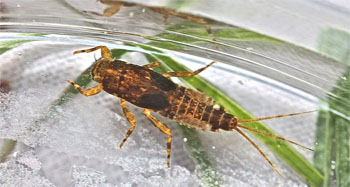 | 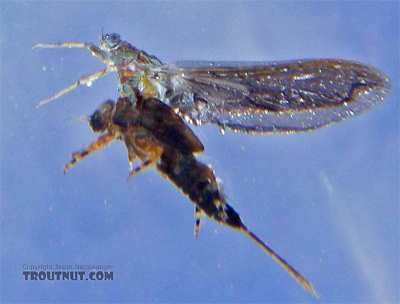 | 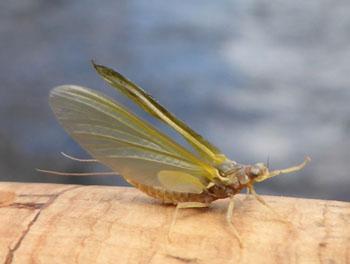 |
Emerger: Once in calmer water, the nymph slowly swims to the surface, where the nymphal shuck cracks open, and the adult dun emerges. During this time, the PMD is an easy meal, and trout really love easy meals. The dun floats down the river a relatively long ways after emerging to dry its wings, which trout also key on. Cripple and Emerger PMD imitations are very effective during this hatch. Apply floatant to just the front of the fly, cast upstream, and let the fly drift down river. Watch for a gentle sip, and set the hook!
A Few of the PMD Nymphs & Emergers we carry:
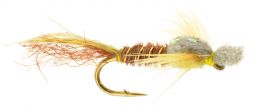 |  | 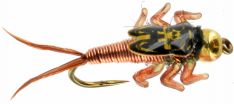 |
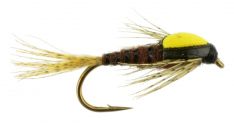 | 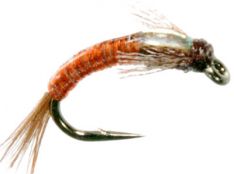 | 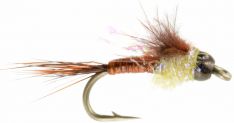 |
Dun & Spinner: Over the next day or two, the dun molts one more time, returns over the water in a swarm and mates. Males fall to the water and make an easy meal. Females lay eggs by touching their abdomen to the water while flying, then die, also making an easy meal. Most of the spinners fall to the river in the early morning or late afternoon/evening.
A Few of the PMD Emergers and Dry Flies we carry:
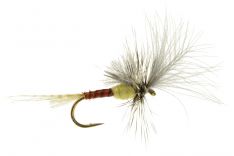 | 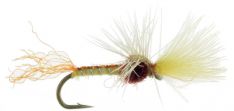 | 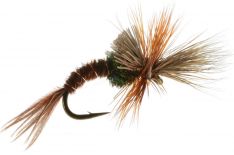 |
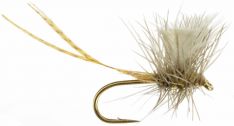 | 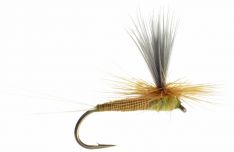 | 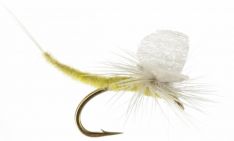 |

